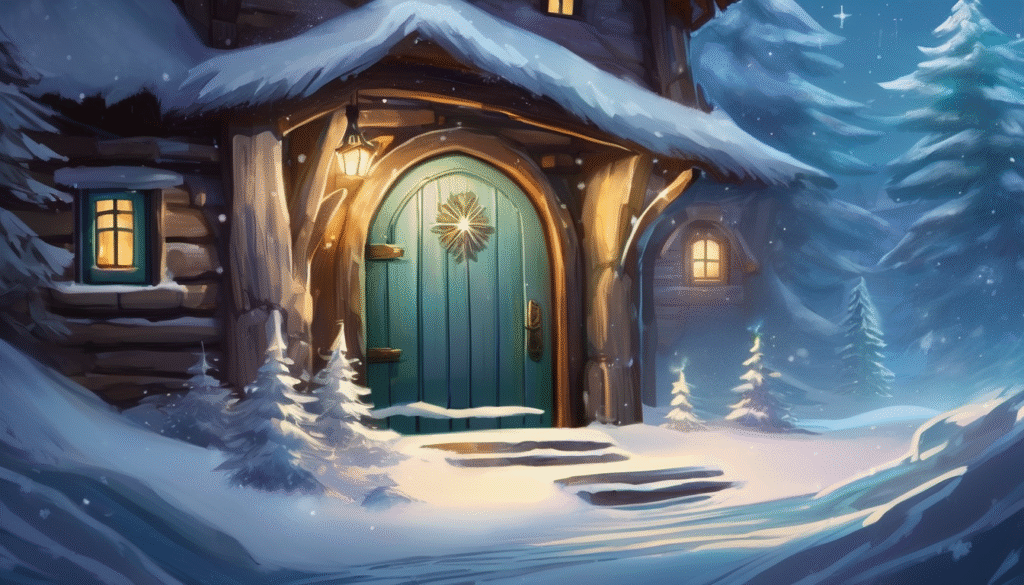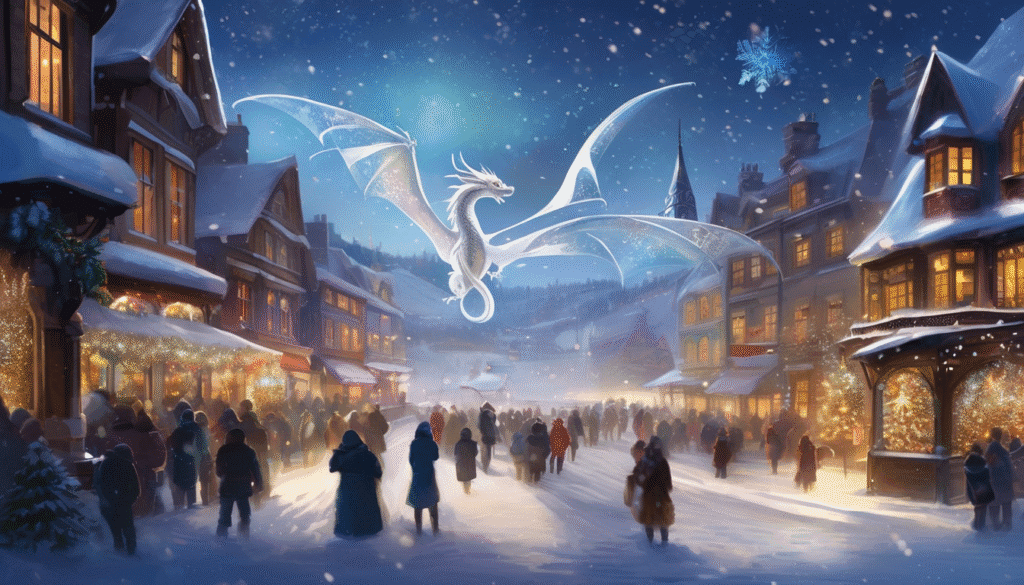On the far-away red planet called Mars, where the sky gleamed a deep, dusty orange and the ground shimmered like burnt cinnamon, there lived a gentle botanist named Dr. Maple Green. Maple—a kind-hearted explorer with curly hair the color of cocoa beans—wore a suit with a big, shiny helmet whenever she stepped outside. Each morning, she would gaze up at the two tiny moons and whisper, “Good morning, Mars,” before beginning her day.
Dr. Maple had traveled all the way from Earth to teach families how to grow gardens together, even in the cold, swirling winds and rusty red dust of Mars. She knew that plants would help everyone feel at home on the new world. After all, a sprout of green meant hope, and hope was the secret seed that helped everyone grow.
The Mars Colony was a place where families from many lands had gathered. There were round domes for sleeping and eating, a tall glass tower for looking at stars, and a big, empty space called the Common Hall. It was in this very hall that Maple dreamed of planting the first Martian communal garden.
One morning, as the colony’s children chased each other through the halls, Maple invited everyone—moms, dads, kids, and even the tiny robot helpers—to a very important meeting. She set up a long table with colorful drawings of carrots, beans, and smiling sunflowers taped to the walls.
When the families arrived, Dr. Maple beamed. “Welcome, everyone,” she said. “Today, I want to show you something magical. We can grow a garden right here on Mars, and we can do it together!”
“But Dr. Maple,” piped up little Tavi, whose favorite color was purple, “how can we grow anything in red dust? There’s no rain, and the sun is so far away!”
Dr. Maple smiled. “Those are wonderful questions! Mars is different from Earth, but plants are clever. All they need is a little help. We’ll use special lights—a bit like tiny suns—and mix the Martian soil with rich Earth compost brought from home. And we’ll build a glass roof so the plants can see the sky and feel cozy.”
As the families listened, their eyes grew wide. Some of the children bounced on their toes, imagining juicy tomatoes and crunchy cucumbers. The adults wondered if their favorite flowers from Earth could bloom on Mars.
That afternoon, Maple gave everyone a task. She handed out silver spades, packets of seeds, and bottles of sparkling, recycled water. “We’ll work together, just like a colony of ants or a flock of birds,” she explained. “Everyone can help—no matter how big or small.”
The first step was to prepare the soil. The red dust of Mars was soft and powdery, but it needed to be mixed with the dark, crumbly compost. The children loved this part best, digging and swirling the two soils together until their gloves were streaked with red and brown.
Next, Maple and the families built raised beds from shiny metal panels. Each bed was shaped like a crescent moon, curving around the center of the hall. The robot helpers, with arms like bendy willow branches, zipped around, fetching tools and singing beep-boop songs to make the work lively.
When the beds were ready, Dr. Maple taught everyone how to plant seeds. “Dig a little hole, not too deep. Tuck the seed in gently, as if you’re putting it to bed,” she explained. “Then cover it with a soft blanket of soil, and give it a drink of water. Whisper something kind to help it grow.”
One by one, the children pressed seeds into the soil—beans, peas, lettuce, and even a few golden marigolds. Some kids sang lullabies to their seeds, while others told them funny jokes. The grown-ups smiled, remembering gardens from Earth, and wondered what new memories they would plant here.
Days passed, and the families visited their garden every morning. Under the soft glow of Mars-lights, the seeds began to sprout—tiny green noses peeking up through the soil. The children cheered and danced, and even the robots spun in happy circles.
Dr. Maple showed everyone how to care for the baby plants. She taught them to water gently, to check the leaves for smiles and frowns (which meant happy or thirsty), and to talk to their sprouts every day. “Plants love to hear stories,” Maple said. “On Mars, they especially like stories about Earth.”
As the garden grew, something wonderful happened. The Common Hall became the heart of the colony. Families gathered every evening to watch the sun dip behind Mars’s hills. The children played hide and seek between the beds. Grown-ups swapped recipes for stew and salad. Even the robots joined in, humming gentle tunes as they watered the plants.
One afternoon, as Maple was checking a row of carrots, she noticed a little boy, Iko, sitting quietly beside a droopy tomato plant. His face was scrunched in worry.
“What’s the matter, Iko?” Dr. Maple asked, kneeling beside him.
“I think my tomato is sad,” Iko whispered. “Its leaves are curling and it’s not growing like the others.”
Dr. Maple gently touched the plant. “Sometimes plants miss their friends or need a little extra love. Let’s see what we can do.”
Together, they checked the soil—just a bit too dry. They gave the tomato a careful drink and sang it a song about sunshine and rainbows. Maple explained, “Growing a garden means listening to each plant. They tell us what they need, even if they can’t speak with words.”
Soon, Iko’s tomato perked up, and he grinned from ear to ear.
Every week, Dr. Maple led garden workshops. She taught the families how to make compost from kitchen scraps, how to gently prune leaves so the plants could breathe, and how to use magnifying glasses to search for tiny bugs and friendly worms.
One evening, a great dust storm whooshed over the colony, rattling the glass roof and painting the world outside a deeper shade of red. The families huddled inside, worried for their garden.
Dr. Maple gathered everyone for a story circle. As the wind howled outside, she told tales of brave little seeds, patient roots, and the first flower that ever grew on Mars—a legend she liked to imagine.
“Gardens are brave,” she said softly. “They wait through storms and cold nights, always hoping for the sun. And when the storm is over, they lift their heads and try again. Just like us.”
When the storm passed, the families rushed to the garden. The glass roof was cloudy but unbroken, and inside, the plants stood tall and green, waving their leaves as if to say, “We made it!”
As weeks turned into months, the garden flourished. The air inside the Common Hall smelled fresh and sweet, and bright marigolds danced in the gentle breeze from the air vents. Plump strawberries peeked out from leafy nests, and sunflowers stretched their golden heads toward the lamps.
The time for the first harvest arrived. All the families gathered, wearing hats and giggling with excitement. They picked lettuce leaves, plucked ripe tomatoes, and dug up carrots as orange as Martian sunrise. The children raced to see who could find the roundest beet or the longest green bean.
That night, the colony held a grand feast. Tables were covered with bright cloths and bowls heaped with salad. There was laughter, music, and the sound of new friendships blooming like flowers. Iko and Tavi made a flag for the garden, drawing a sprouting seed and a little red planet.
Dr. Maple sat quietly for a moment, watching everyone smile. She thought of Earth’s blue sky and green meadows, but she felt at home here, too. The garden had changed Mars and the people who lived there.
Soon, other families from nearby colonies came to visit. They were amazed at the lush green beds and the happy faces. Dr. Maple and the children showed them how to mix Martian soil and Earth compost, how to talk to seeds and listen to leaves. Before long, gardens began to grow all across Mars, each one unique and full of life.
Dr. Maple became known as the “Garden Keeper of Mars.” She wrote books and drew maps, showing where each flower and vegetable had first sprouted. She loved hearing stories from new gardeners—the child whose bean plant had grown taller than her, the family who made the first Martian pumpkin pie.
Every night, as the two moons glided across the sky, Dr. Maple walked through the Common Hall. She checked each bed, whispered goodnight to every plant, and thanked them for their gifts. She knew that gardens were more than just food—they were places of laughter, hope, and togetherness.
As the Mars Colony flourished, so did its people. They learned that even on a distant world, far from the forests and rivers of Earth, their roots could grow deep. With care, patience, and love, they could bloom together—right under the red planet’s sky.
And so, whenever a new family arrived on Mars, Dr. Maple would greet them with a packet of seeds and a promise: “Here, we grow together.” The garden’s green leaves reached up, and the children’s laughter lifted all the way to the stars.
In the quiet of the evening, beneath twinkling lamps and the watchful eyes of Mars’s moons, the colony’s families—and their garden—dreamed of all the adventures yet to come. And Mars, red and wild, became just a little bit more like home.





Leave a Reply